Plate Processing Company
What Is Oxy-fuel cutting? All You Should Know About It
What Is Oxy-fuel cutting? All You Should Know About It
Oxy-fuel cutting is a cutting process that uses a combination of oxygen and fuel gas (usually acetylene, propane, or natural gas) to cut through metal. But it doesn't actually melt the metal all the way through like other cutting methods.
Instead, Oxy-fuel cutting works in two steps:
- The metal is preheated to about 1800°F with a flame until the metal glows bright red
- A stream of pure oxygen is directed at the hot metal, which causes a chemical reaction (rapid rusting) that blasts away the metal in its path
In this case, the oxygen is actually causing the metal to burn away in a controlled line.

When Oxy-fuel Cutting Is Used
Not every cutting method works for every job. Here's where oxy-fuel cutting is mostly used:
- Thick Materials: While plasma typically taps out at 2 inches, oxy-fuel cutting can handle steel plates of higher thickness!
- No Electricity: You can use oxy-fuel anywhere - out in the field with only gas tanks. So, you can also use it in construction sites or during remote work.
- Low Cost: The basic setup is more affordable than HD plasma or laser systems.
- Works in Any Weather: Here in Houston's humid climate, this is a big plus. Oxy-fuel cutting works reliably regardless of temperature or humidity.
Limitations of Oxy-fuel Cutting
Being honest about the drawbacks of oxy-fuel cutting is important:
- Material Limitations: It only works effectively on carbon steel. Stainless steel, aluminum, and other non-ferrous metals are no-go's because they don't oxidize the same way.
- Speed: It's significantly slower than plasma or laser cutting, especially on thinner materials.
- Heat Affected Zone: The cutting process creates a larger heat-affected zone that can sometimes change the properties of the metal near the cut.
- Less Precision: The cuts aren't as precise as newer technologies, typically having a tolerance of about ±1/16".
What Materials Can Be Cut Using Oxy-Fuel Cutting
- Carbon steel - Excellent results
- Low-alloy steel - Good results
- Cast iron - Possible but challenging
- Stainless steel - Not recommended
- Aluminum - Not possible
- Copper, brass, etc. - Not possible
Cost of Oxy-Fuel Cutting for Houston Businesses
From my experience working with Houston customers, oxy-fuel cutting in Houston typically costs:
- About 30-40% less than plasma cutting for steel with greater thickness
- About 50-60% less than laser cutting for similar thicknesses
- More economical for one-off projects where setting up automated systems isn't justified
When to Choose Oxy-fuel Cutting vs. Other Methods
Here's our quick guide based on what we tell our Houston clients:
- Choose oxy-fuel cutting in Houston when: you're cutting thick carbon steel, working in the field, have a limited budget, or need to cut in areas without electricity.
- Consider alternatives when: you need high precision, are cutting non-ferrous metals, need very clean edges, or are cutting thin material and speed is essential.
Oxy-fuel cutting has been around for over 100 years, and there's a reason it's still widely used despite newer technologies. For thick steel cutting, especially in field applications, it remains the most practical and cost-effective option.
For many Houston businesses in oil and gas, construction, and heavy fabrication, oxy-fuel cutting services are essential, even if you also utilize newer cutting technologies for other applications.
What kind of projects are you looking to tackle? The material thickness and type are usually the deciding factors in whether oxy-fuel is the right choice.


